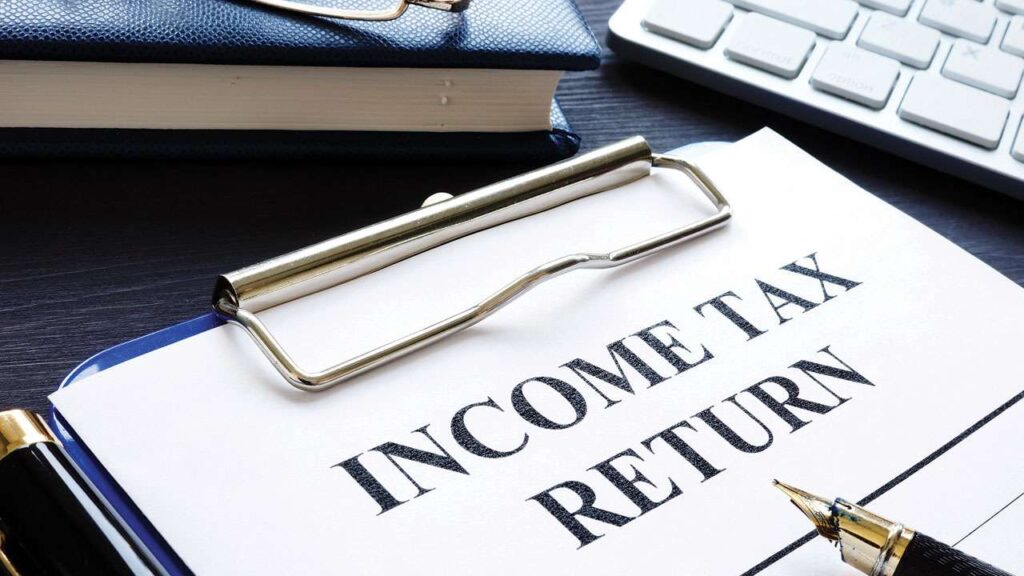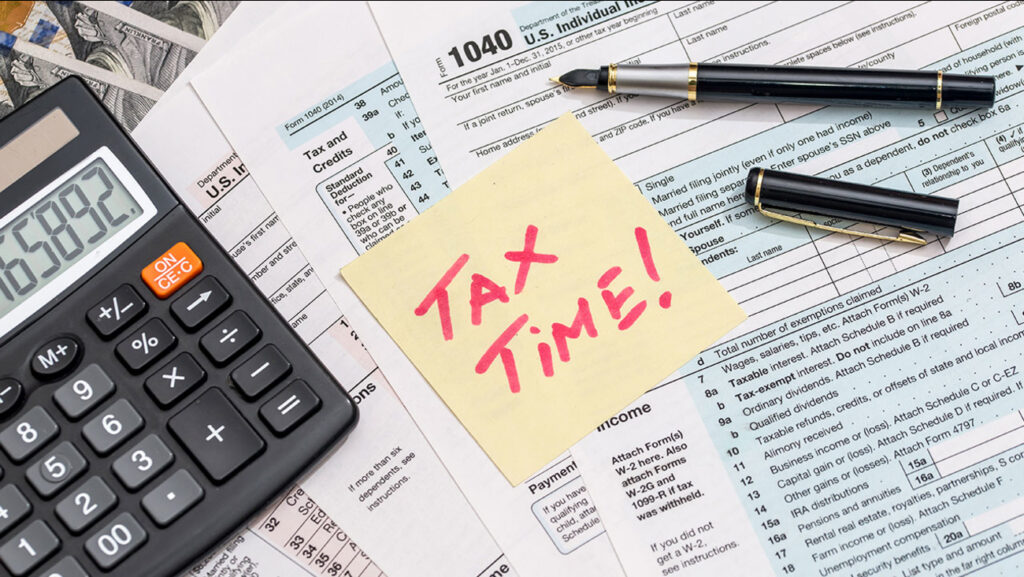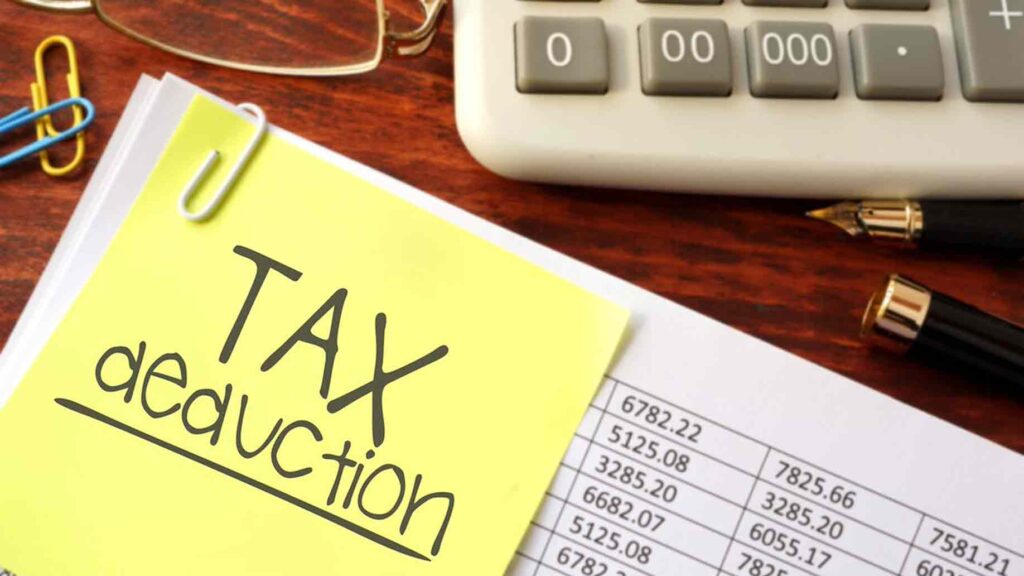Working individuals have one thing common in their minds as the end of each financial year approaches, which is the income tax. Income tax is a percentage of the direct tax that applies to the income earned by an individual.
Every individual is required to declare their earnings to the government every year in terms of their annual income return and then file a tax return by calculating it on an income tax calculator. Thereafter, the government uses this collective money for various purposes.
Whether you are a government employee, work in a company, or runs a business, everyone has to pay taxes in India. Failing to do so every year is a punishable offense. The income tax that needs to be paid is dependent on various parameters such as income, source of income, age, investments, and exceptions.
India, like most other countries, has different tax slabs where the tax rate is higher for employees with higher incomes, this gets automatically calculated by using an income tax calculator by Scipbox.
Table of Contents
Different types of Income and sources

Source: dnaindia.com
Income can be classified into different categories such as:
- Direct income from salary: the monthly income an individual gets from their employer, it can have the following components – Basic Salary, Dearness Allowance (DA), Allowances on transportation, medical, etc., annuity & gratuity received in that financial year and any special allowances.
- Income from business/profession: the income earned through any business or a profession.
- Income from Rent on house property: any income someone earns from rental properties or commercial property.
- Income from capital gains: any income gained by sale or transfer of capital assets such as stocks, mutual funds, real estate, etc.
- Income from other sources: any kind of income that can not be put under the above-mentioned categories.
Tax Benefits available in India

Source: smeportal.sg
The entire income is not taxable, there are some exceptions available. Income Tax Act allows some deductions from the income that has been taxed. This is a good practice to save up a lot of tax in a year. Section 80C and 80U of the income tax act,1961 specifies these deductions. Additionally, there are other deductions under Section 16, 24, etc. To understand them better, calculate the payable income tax by using an income tax calculator.
1. Tax Exemptions for tax benefits

Source: nslawservices.org
- Standard Exemptions: After the union budget of 19-20, every individual has a standard exemption of Rs. 50,000 irrespective of their income.
- HRA exemption under Section 10: Any individual who lives in a rented property, can avail tax exemption under section 10. HRA exemption is the minimum amount of –
- The actual amount received by the employer
- 50% of the basic salary & dearness allowance for an individual living in a metropolitan city, 40% for individuals living in a non-metro city
- Actual rent paid less 10% of the basic salary & dearness allowance
Self-employed individuals can also claim rent exemptions on actual rent paid or Rs. 60,000, whichever is less. To claim these exemptions, the employee needs to submit a Rent agreement, Rent receipts, and PAN of the landlord.
2. Tax Deductions under different sections

Source: hratax.com.au
Tax deductions help in saving tax on the total amount. One can claim a tax deduction on charity, insurance plans, medical bills, retirement schemes, or even NSCs. Following are the different sections under the income tax act:
- Section 80C: Investments made for Mutual funds, tax-saving fixed deposits, Provident funds, term life insurance premiums, pension schemes, etc. are eligible for tax deductions. The maximum deduction available under this section is Rs. 1,50,000.
- Section 80D: The premium paid for the health insurance policy can be claimed under tax deduction. Premiums of health insurance for self, spouse, dependent children & parents can be claimed as a tax deduction. The maximum premium for self, spouse, and children that can be claimed is Rs. 25,000. Additionally, for parents under the age of 60, the maximum deduction that can be claimed is Rs. 25,000 and for parents above the age of 60, Rs. 50,000.
- Section 80 CCD: This section especially encourages employees to invest in 2 pension schemes – National Pension Scheme (NPS) & Atal Pension Yojna (APY).
Under this sub-section of scheme Section80CCD(1):
- The maximum deduction that can be claimed under this is 10% of basic income + dearness allowance
- An additional benefit of Rs. 50,000
Furthermore, the sub-section80CCD(2) allows additional tax deduction of 10% of the basic salary + dearness allowance apart from Section80CCD(1).
Apart from the above-mentioned tax benefits, individuals can also claim an exemption on interest paid Education loans, Home loans, and different charities.

Source: rikvin.com
To calculate the exemptions and deductions, it is important to calculate the tax properly by using an income tax calculator. Following are the simple steps to calculate the income tax:
- Calculate the total income
- Deduct the allowable deductions and exemptions from income as a good tax planning activity
- Apply appropriate tax slabs as per the taxable income
- Deduct the tax rebates allowed under the Income Tax Act
- Deduct taxes already paid in the form of TDS, TCS, any advance taxes from the tax amount. The balance amount is tax payable or tax refund receivable
Wisely and timely calculating the income tax can help save up a lot of money. Using an income tax calculator makes all these calculations easy even for a layman.

